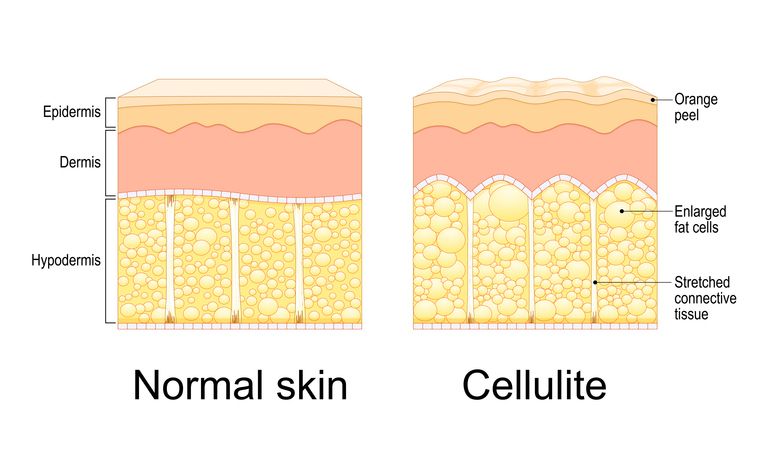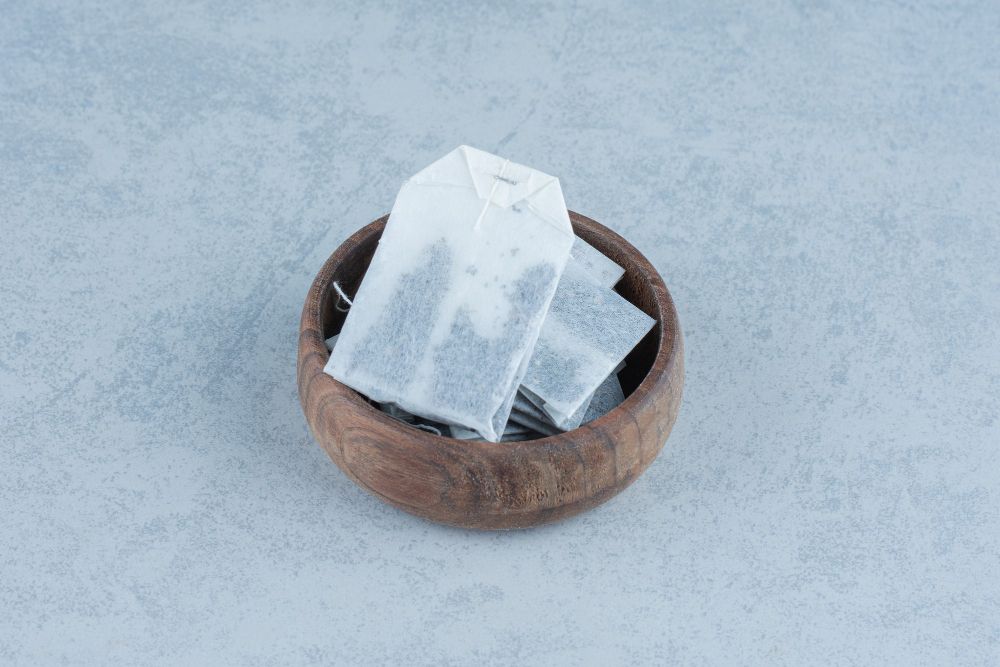

Book Now to Experience
PicoCure Pigmentation Removal Treatment
2 Minute Self-Registration
Date should not be before minimal date
Author: Sophia Man|Updated: 23 July 2024
Melasma is a prevalent skin disease that falls under the category of hyperpigmentation. The phrase loosely translates to "black spot." Melasma is characterised by light brown, dark brown, or blue-grey spots on the skin. They might take the form of flat patches or freckled areas. The face, especially the cheekbones, upper lip, forehead, and forearms, are frequently affected. Melasma often darkens and lightens over time, worsening in the summer and improving in the winter. Chloasma is a less frequent term for melasma. Although this disease is innocuous, some people may experience self-consciousness due to it. This article will look into the difference between melasma and hyperpigmentation, the details of what causes melasma along with the different skin pigmentation treatments and medications that are able to treat melasma, including the non-invasive pigmentation treatment, PicoCure Pigmentation Removal Treatment at New Beauty Australia.

1
What Is the Difference Between Melasma and Hyperpigmentation?

Hyperpigmentation is a catch-all term for different illnesses in which one patch of skin becomes much darker than the surrounding skin in the exact location. This word refers to various more specific disorders, including liver spots, freckles, and melasma.
Although different types of hyperpigmentation can be produced by many factors such as acne scars, medications, or inflammation caused by other conditions, the most prevalent cause of hyperpigmentation is sun exposure. When we do not treat our skin, dangerous UV radiation from the sun cause damage. This damage expresses itself in diverse ways, ranging from minor freckles to more severe illnesses such as skin cancer. Many of these disorders are classified as hyperpigmentation.
Most hyperpigmentation issues are innocuous, and many kinds are easily cured with a combination of choices, including topical creams, Vitamin C, and cosmetic treatments. In most cases of hyperpigmentation, the patient has to be concerned about physical appearance and not about more significant, long-term health repercussions. However, it's always good to get any spot looked out by a dermatologist to be safe.
Although it is a disorder marked by darker patches of skin, melasma differs from other kinds of hyperpigmentation primarily by its aetiology. Rather than being produced only by sun exposure, Melasma is caused in part by hormonal changes inside the body. This is why Melasma is sometimes referred to as "the mask of pregnancy," as it is significantly more common among pregnant women. Indeed, Melasma is far more common in women — pregnant or not – due partly to this hormonal reason.
Melasma is often known as a "mask" because it nearly invariably affects the face, leaving dark patches of skin on the chin, cheeks, nose, upper lip, and other cranial regions. Melasma can also be found in different body regions, most notably the shoulders, more prone to sun exposure. While these black spots are not harmful, their position might cause discomfort in public.
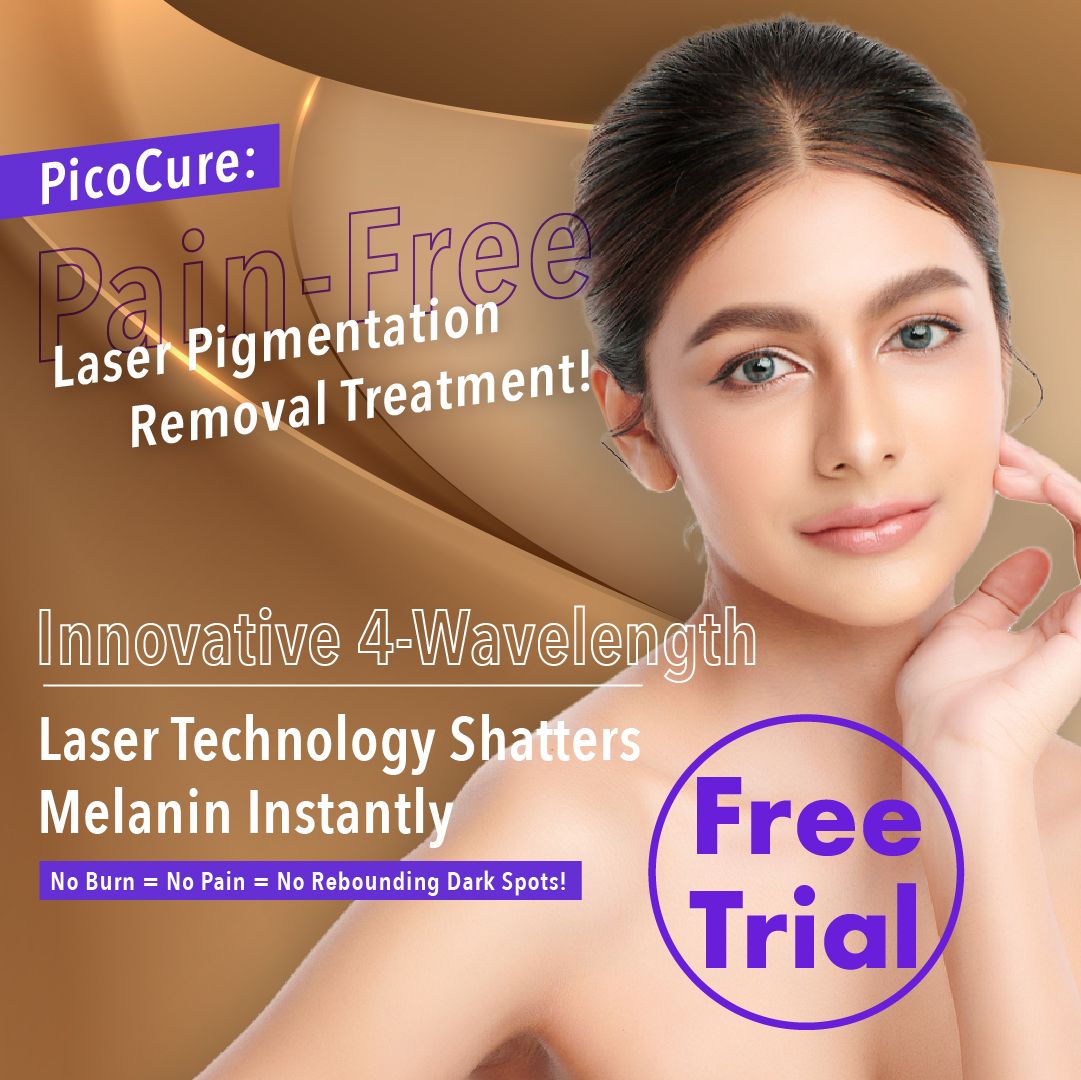

2
Where Does Melasma Occur?
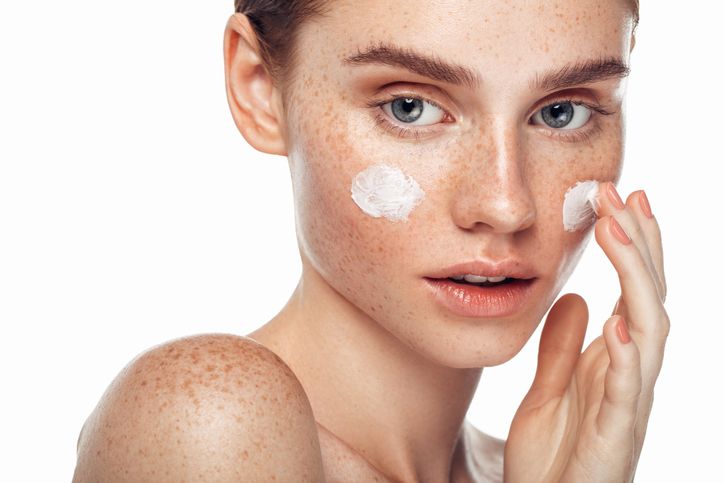
Melasma is a skin disease that develops light brown, dark brown, and blue patches or freckle-like areas. The areas may become red or irritated at times. Melasma develops on your skin in six sites or a combination of locations:
Brachial
Melasma manifests itself on your shoulders and upper arms.
Centro-facial
Melasma occurs on the brow, cheeks, nose, and upper lip.
The pattern of lateral cheeks
Melasma can be seen on both cheeks.
Malar
Melasma develops on your cheeks and nose.
Mandibular
Melasma develops along the jawline.
Neck
Melasma can form on all sides of the neck in persons over 50.

3
What Are the Types of Melasma?
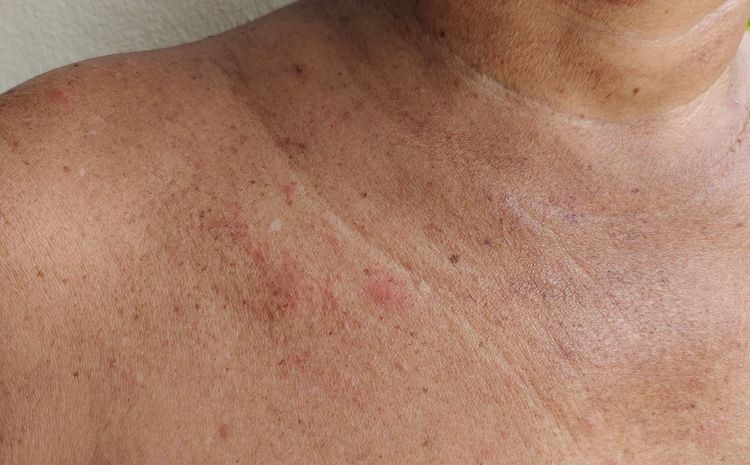
Melasma is classified into four categories based on the depth of the pigment. To determine the depth of the pigment, use a Wood's lamp that generates black light. The four kinds are as follows:
Surface layer of the skin
Epidermal melasma is a dark brown skin condition with a distinct border that reacts positively to treatment in certain cases.
Melasma of the skin
Dermal melasma has a fuzzy border, a light brown or blue colour, and looks identical under black light. It does not respond well to therapy.
Melasma Combination
The most common is mixed melasma, which has both blue and brown spots, a varied pattern beneath black light, and also some response to treatment.
Extra melanocytes
Melanin synthesis increases as a direct result of growing melanocyte numbers. This might happen as a result of extended sun damage or skin tanning.
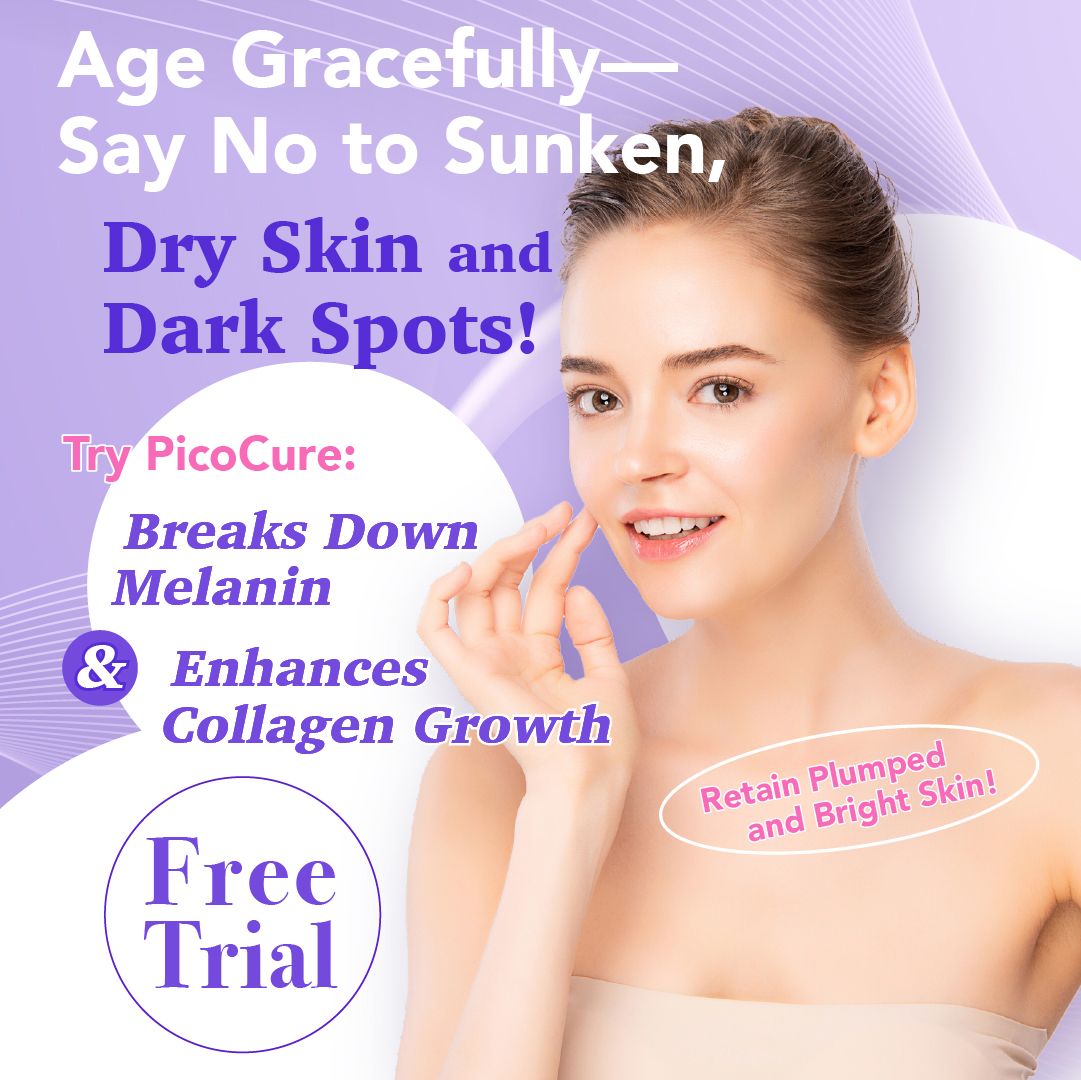

4
What Are the Causes of Melasma?

Melasma is caused by two factors: radiation, whether ultraviolet from excessive sun exposure, visible or infrared light and hormones.
The ultraviolet and infrared lights from the sun are crucial in exacerbating melasma. The following factors can also cause melasma and uneven pigmentation:
a. Seizure prevention medication
Medication used to prevent seizures may produce melasma. Clobazam is an example of an anti-seizure medication (Onfi).
b. Contraception therapy
Melasma has indeed been observed in women who use oral contraceptives containing oestrogen and progesterone.
c. Diethylstilboestrol
Diethylstilboestrol is a synthetic (artificial) form of the hormone oestrogen. It is often used in prostate cancer treatments. There is yet another relationship among melasma and high oestrogen levels.
d. Hereditary
Melasma affects between 33% to 50% of people who indicate that others in the family has it. The majority of twins are affected with melasma.
e. Hypothyroidism
Hypothyroidism is characterised by an underactive thyroid.
f. LED Displays
Melasma can be caused by LED lights in your tv, computer, smartphone, and tablet.
g. Childbirth
It is uncertain what causes "the mask of maternity" in pregnant women. Increased concentrations of oestrogen, progesterone, and melanocyte-stimulating chemicals during the third trimester of pregnancy, according to experts, may have a role.
h. Hormones
Hormones such as oestrogen and progesterone, may play a role in some people. Melasma has been observed in postmenopausal women who've already received progesterone. Your melasma is more likely to contain oestrogen receptors if you are not pregnant.
i. Cosmetics
Some products have the possibility of causing a phototoxic reaction, resulting in uneven skin tone.
j. Phototoxic substances
Phototoxicity is caused by certain medicines, nonsteroidal anti-inflammatory drugs (NSAIDs), diuretic, retinol, hypoglycemics, antipsychotic drugs, targeted therapies, and other medicines.
k. Skincare products
A material that bothers your skin will almost certainly worsen your melasma.
l. Soaps
Some perfumed soaps are thought to cause or worsen melasma.
m. Tanning beds
UV radiation from tanning beds kills your skin just as much as UV radiation from the sun, if not more.

Book Now to Experience
PicoCure Pigmentation Removal Treatment
2 Minute Self-Registration
Date should not be before minimal date

5
Can Melasma Be Treated?

Melasma may fade on its own in some women. This is more common when induced by pregnancy or birth control drugs.
There are lotions that your doctor might recommend to brighten your skin. Topical steroids may also be used to help lighten the afflicted regions. Chemical peels, dermabrasion, and microdermabrasion are more possibilities if they do not work. These procedures remove the top layers of skin, which may help lighten dark spots.
These techniques do not ensure that melasma will not return, and some instances of melasma cannot be entirely removed. To prevent the likelihood of the melasma returning, you may need to return for follow-up appointments and adhere to particular skincare habits. These include limiting your sun exposure and using sunscreen daily.


6
Common Treatment and Prevention of Melasma
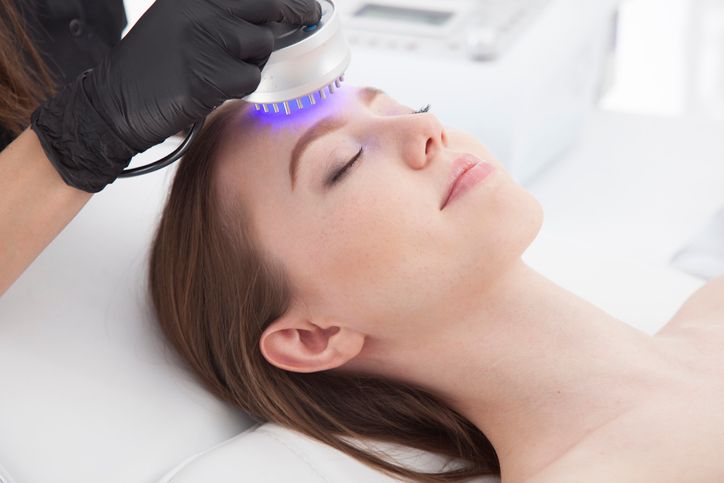
Melasma does not always require treatment. Melasma is produced by hormonal changes, such as during pregnancy or when using birth control pills, and it will diminish after delivery or when the drugs are stopped. A doctor would most likely suggest a high-SPF sunscreen to avoid melasma.
Melasma can endure for years or perhaps the remainder of a person's life in some cases. If melasma does not dissipate naturally over time, a person might seek therapy to help eliminate or diminish the patches. However, not all medicines are effective for everyone, and melasma might reappear even after successful treatment. Melasma treatment options include:
a. Hydroquinone
Hydroquinone is frequently used as the first line of therapy for melasma. Hydroquinone is available in the form of a lotion, cream, or gel. It works by lightening the skin patches' colour.
The hydroquinone treatment can be applied directly to discoloured or uneven skin sections. Hydroquinone is a prescription-only medication.
b. Tretinoin and corticosteroids
Corticosteroids and tretinoin are available as creams, lotions, and gels. Corticosteroids and tretinoin can both assist in brightening the colour of melasma patches.
c. Creams combined
A dermatologist may prescribe combo creams that contain hydroquinone, corticosteroids, and tretinoin all in one. These are known as triple creams.
d. Extra topical medicines
A dermatologist may prescribe azelaic acid or kojic acid in addition to or instead of other medicinal creams. These acids act to brighten dark spots on the skin.
e. Medical interventions
If topical drugs are ineffective, a dermatologist may suggest treatments such as:
· microdermabrasion · chemical peel · light therapy · dermabrasion
Some of these treatment methods have adverse side effects or may create further skin issues. It is advisable to discuss potential hazards with a doctor or dermatologist.
If a person has previously experienced melasma, they can try to prevent triggers by:
· minimising sun exposure · wearing a helmet when out in the sun · applying sunscreen
Although we have explored many ways to treat melasma, chemical substances that prolong the facial skin may cause long-term effects on the skin. Skin pigmentation removal treatments such as chemical peels may have side effects on the skin which include redness, scabbing, swelling, skin discolouration, pigmented lesions and other effects.
With this in mind, the experts at New Beauty Australia have introduced the ultimate laser pigmentation removal that does not cause any burns post-treatment, thus leaving your skin looking bright and spotless – the PicoCure Pigmentation Removal Treatment!
Read More

7
PicoCure Pigmentation Removal Treatment: For a Clear and Melasma-free Complexion!
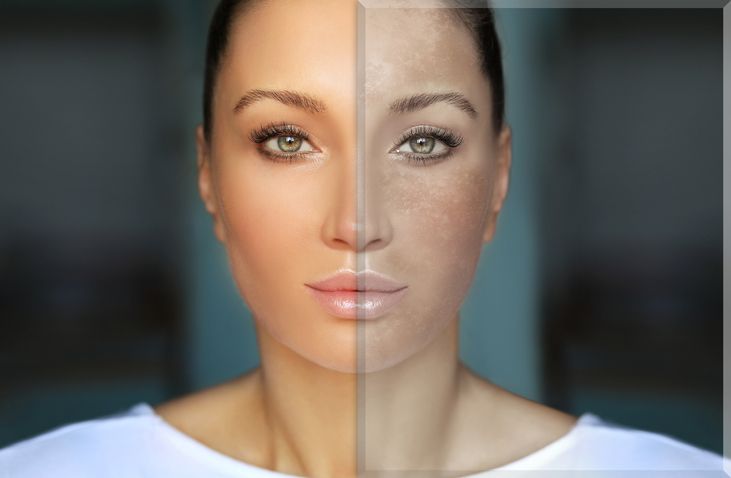
The PicoCure Pigmentation Removal Treatment uses high-energy medical-grade lasers that consist of 4 different wavelengths of picosecond and nanosecond laser technology (1064nm, 650nm, 585nm, and 532nm). The high-intensity laser pulsates deep into the skin to target and shatters all melanin and pigmentation formation in all layers of the skin. The disintegrated melanin and pigmentation particles are then easily removed via the metabolic system.
The quadruple strength of four various picoseconds and nanosecond wavelengths emitted by the PicoCure Pigmentation Removal Treatment is 1000x advanced than traditional laser pigmentation removal treatments. The non-invasive laser pigmentation removal energy penetrates the skin within a second, effectively reducing the risk of burns, discomfort and redness.
The PicoCure Pigmentation Removal Treatment integrates picosecond and nanosecond laser energies that stimulate collagen production that enhances skin tightening abilities of the facial tissue cells. The new network of collagen causes enlarged pores to shrink and lighten melasma effects along with acne scars, age spots and hyperpigmentation issues.
This remarkable laser pigmentation removal treatment penetrates deep enough into the skin without causing any harm to the surrounding skin cells and removes developing melasma spots from surfacing.


8
Conclusion
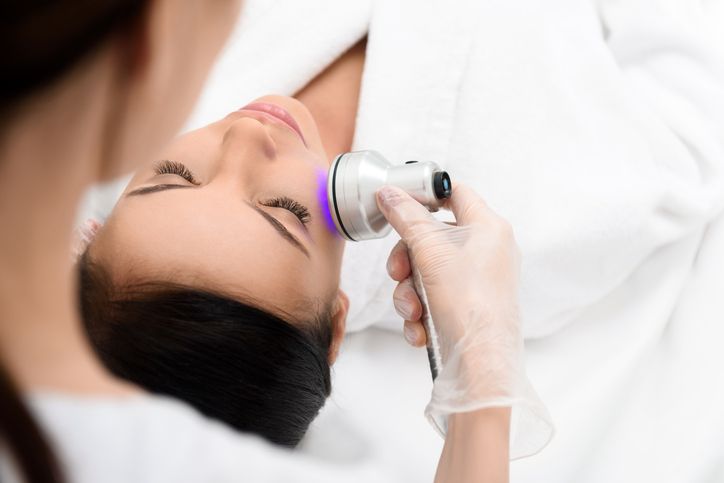
Melasma causes dark patches to form on the skin, most often on the face. While these skin changes are harmless, some people may find them bothersome.
Treatment is effective for some people. Melasma due to hormonal changes may also fade over time once hormone levels return to normal. Taking steps to limit sun exposure, such as wearing a hat and sunscreen, may help prevent melasma.
The PicoCure Pigmentation Removal Treatment is an excellent tool for improving the appearance of melasma and other flaws in your skin and is the best treatment for pigmentation removal. If you're excited to welcome smooth, clear skin, visit us at New Beauty Australia and book an appointment today to try this picosecond and nanosecond laser treatment!
FAQ
What are the causes of melasma in facial skin?
Melasma is sometimes light brown or blue-grey spots that appear on the skin and its causes stem from various factors such as pregnancy, hormones, genetic disorders, medical consumption, excessive sun exposure and many others.
What energy does the PicoCure Pigmentation Removal Treatment use?
The PicoCure Pigmentation Removal Treatment uses 4 various wavelengths of energy (1064nm, 650nm, 585nm, and 532nm) of picosecond and nanosecond laser energy that penetrates deep into the facial skin to shatter melanin and hyperpigmentation buried in the skin. Compared to other laser treatments and skin treatments, the picosecond and nanosecond energy used in the PicoCure Pigmentation Removal Treatment is 1000x faster and does not cause burning or redness after treatment.
How many sessions of the PicoCure Pigmentation Removal Treatment will I need to see effective results?
We at New beauty Australia recommend this skin pigmentation treatment 6 to 8 sessions as s complete course of treatment that will give you a bright and radiant complexion.
Who is suited for the PicoCure Pigmentation Removal Treatment?
This laser pigmentation removal treatment is suitable for most skin tones and types as it is non-irritating and non-invasive to the skin.
What are the other benefits of PicoCure Pigmentation Removal Treatment?
The PicoCure Pigmentation Removal Treatment uses picosecond and nanosecond laser technology to boost collagen production that firm the skin and brighten it from within.

Book Now to Experience
PicoCure Pigmentation Removal Treatment
2 Minute Self-Registration
Date should not be before minimal date
Recommended Articles
COPYRIGHT© NEW BEAUTY MANAGEMENT LIMITED 2025. ALL RIGHT RESERVED.

